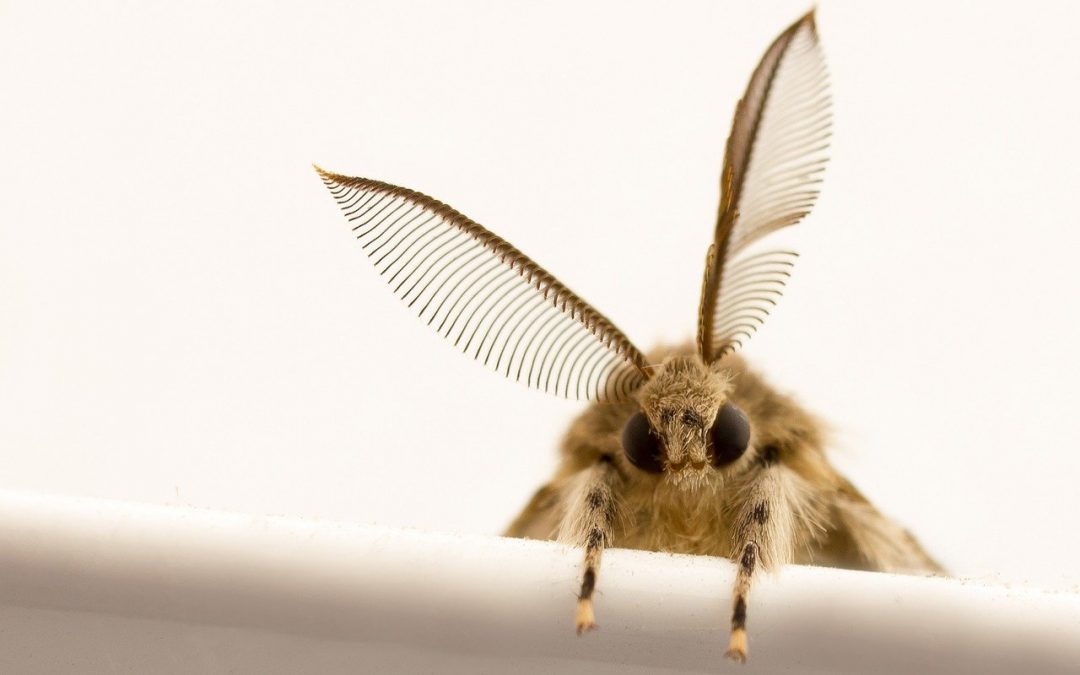Explanations of why nocturnal insects fly erratically around fires and lamps have included theories of “lunar navigation” and “escape to the light”.
However, without three-dimensional flight data to test them rigorously, the cause for this odd behaviour has remained unsolved. We employed high-resolution motion capture in the laboratory and stereo-videography in the field to reconstruct the 3D kinematics of insect flights around artificial lights. Contrary to the expectation of attraction, insects do not steer directly toward the light. Instead, insects turn their dorsum toward the light, generating flight bouts perpendicular to the source. Under natural sky light, tilting the dorsum towards the brightest visual hemisphere helps maintain proper flight attitude and control.
Near artificial sources, however, this highly conserved dorsal-light-response can produce continuous steering around the light and trap an insect. Our guidance model demonstrates that this dorsal tilting is sufficient to create the seemingly erratic flight paths of insects near lights and is the most plausible model for why flying insects gather at artificial lights.
You can read the full article, published in Nature, by clicking here.
One of the objectives of PLAN_B is to tackle light pollution in European ecosystems, while safeguarding their biodiversity. The results of the project will provide scientific evidence to support improvements in light regulation across the continent. If you want to know more about PLAN-B and collaborate with its activities, you can visit our website.

